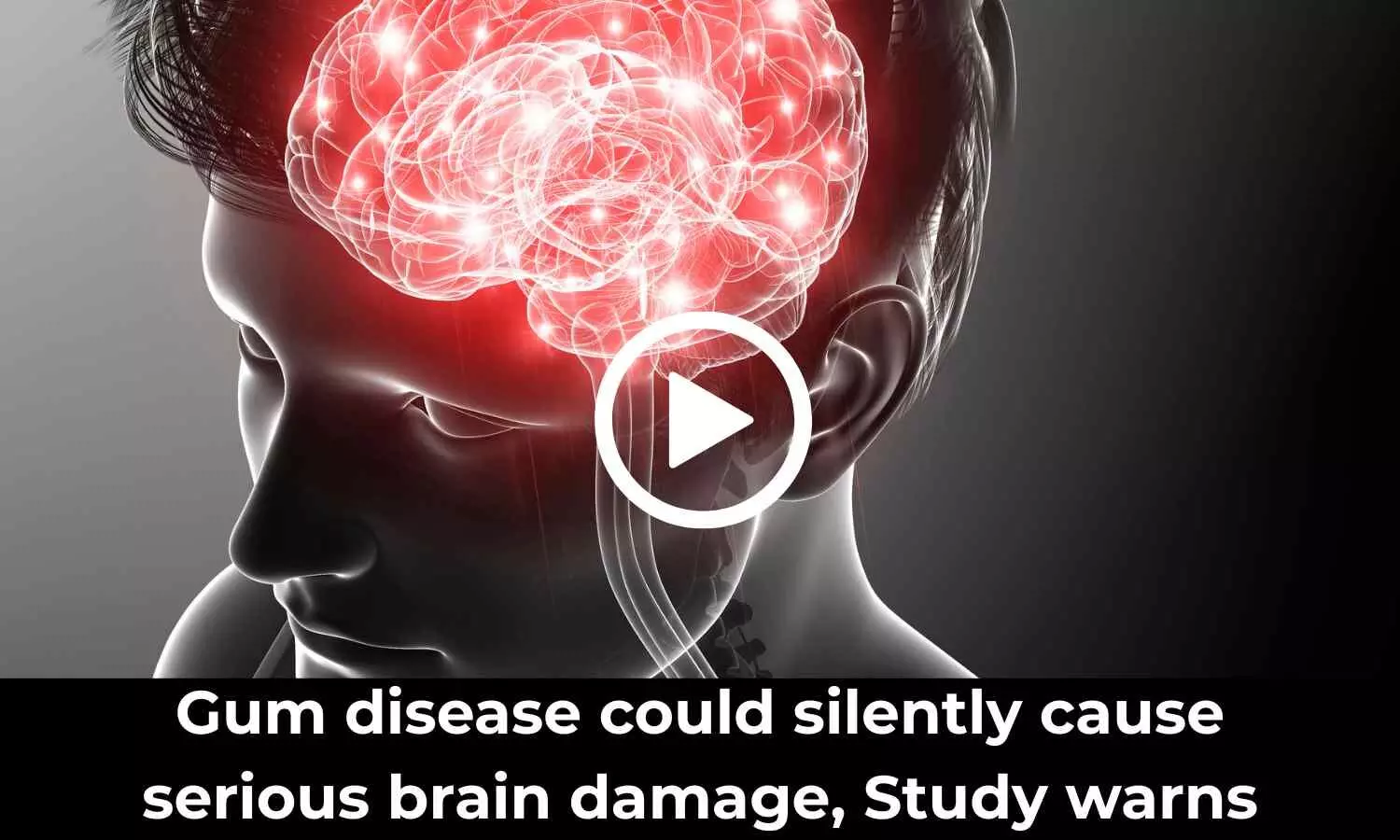Copyright medicaldialogues

Adults with gum disease are more likely to have signs of brain white matter damage, called white matter hyperintensities, according to a study published on October 22, 2025, in Neurology® Open Access. These bright spots on brain scans represent areas of tissue injury linked to impaired memory, coordination, and increased stroke risk. While the study does not prove causation, it highlights a potential connection between oral health and brain aging. White matter consists of nerve fibers that facilitate communication between different brain areas. Damage to this tissue can lead to cognitive decline and movement difficulties. Researchers suspect that chronic inflammation from gum disease may adversely affect blood vessels in the brain, contributing to these changes. The study examined 1,143 adults with an average age of 77. Participants underwent thorough dental exams to assess gum disease presence and brain MRI scans to detect cerebral small vessel disease markers, focusing on white matter hyperintensities, cerebral microbleeds, and lacunar infarcts. Among them, 800 had gum disease, and 343 did not. White matter hyperintensity volumes were categorized into four groups based on extent. Researchers adjusted analyses for age, sex, race, blood pressure, diabetes, and smoking to isolate the association between gum health and brain changes. Individuals with gum disease had higher average white matter hyperintensity volumes (2.83% of brain volume) compared to those without gum disease (2.52%). Notably, 28% of those with gum disease belonged to the highest damage category versus 19% without gum disease. After adjustments, gum disease was linked to a 56% greater likelihood of significant white matter damage. No significant associations were found between gum disease and other brain injury types like microbleeds or lacunar infarcts. Lead author Dr. Souvik Sen emphasized that while further research is needed, maintaining oral health could support brain health by potentially reducing inflammation-driven vascular damage. This study underscores the importance of dental care as part of strategies to preserve cognitive function and reduce stroke risk. REFERENCE: Jaclyn Meyer, Chylee Martin, Stefanie Wood, Forrest Lowe, Leonardo Bonilha, Hamdi S. Adam, Ryan Demmer, Bruce A. Wasserman, Wayne D. Rosamond, James D. Beck, Souvik Sen. Periodontal Disease Independently Associated With White Matter Hyperintensity Volume. Neurology Open Access, 2025; 1 (4) DOI: 10.1212/WN9.0000000000000037



